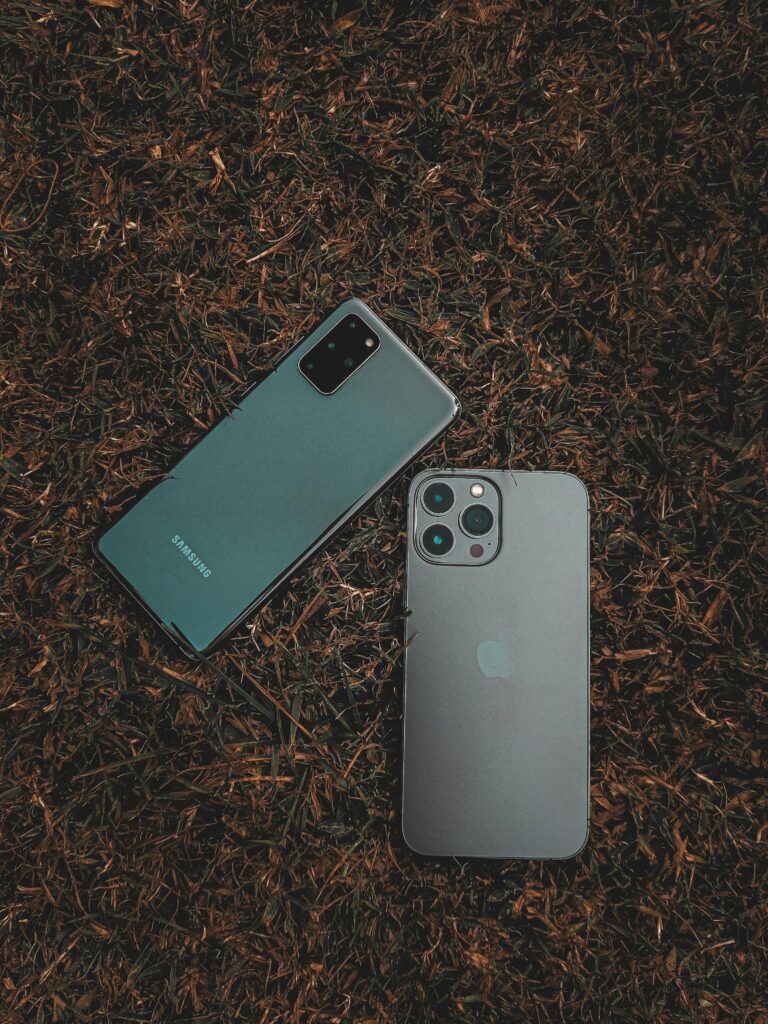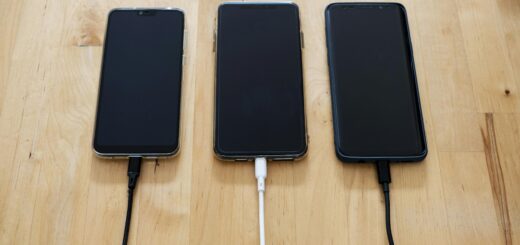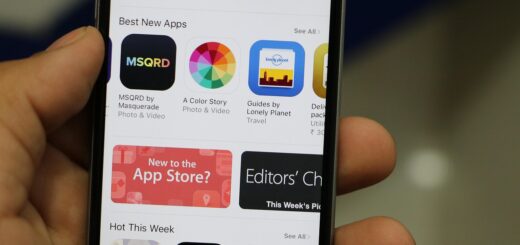iPhone vs Android in India- Ultimate comparison

A deep dive into the question that has been at the center of the smartphone purchase decision, iPhone vs Android, given the steep price of the iPhone compared to cheaper offerings from Android. Let us delve into various factors like price, features, ecosystem, performance, and how iOS compares to Android. Let’s break it down:
1. iPhone vs Android: Price and Availability
- iPhone in India: iPhones are priced higher in India compared to many other markets due to import duties, taxes, and currency fluctuations. For example, the latest iPhone models like the iPhone 16 can cost upwards of ₹80,000 to ₹1,80,000 for the higher end Pro Max version.
- Value for Money: While iPhones are expensive, Apple has designed them with premium hardware, excellent cameras, and long software support. For users seeking longevity, reliability, and high resale value, iPhones can provide good long-term value despite the steep price tag.
- Android Counterparts: Android devices, especially from brands like Samsung, Xiaomi, Realme, and OnePlus, offer competitive features at much lower prices. The flagship models from Samsung (Galaxy S series) or OnePlus (OnePlus 11) offer similar performance and features, but at a fraction of the price.
2. iPhone vs Android: Operating system and Performance
Performance: iPhones generally outperform Android phones in terms of speed and fluidity, thanks to the custom-designed A-series chips and optimized software. This results in smooth user experience, even on older devices.
- Android: While Android offers a range of performance options from budget to flagship, top-tier models with Snapdragon 8 Gen 2 or Exynos 2200 chips can rival the iPhone in raw processing power, but iOS still tends to be more efficient and faster overall.
Software Updates: Apple supports iPhones for a much longer period (5-6 years) with regular iOS updates, ensuring that devices remain secure and functional for years. This longevity adds to the value of the iPhone.
- Android: Android updates are inconsistent. While flagship models from Samsung, Google, and others receive up to 3 years of major updates, mid-range and budget phones often receive only a limited set of updates.
Customization: Android offers far more customization options than iOS, allowing users to personalize their home screens, themes, widgets, and more. Android users also have more flexibility in choosing default apps and installing third-party software.
- iOS: While iOS has improved in recent years, it is still more restrictive. Users can’t change as many system-wide settings as on Android, and the App Store has tighter controls over third-party apps.
User Interface (UI) & User Experience (UX):
- iOS: Known for its simple, intuitive interface and seamless integration across Apple devices (Mac, iPad, Apple Watch). iOS offers smooth transitions and consistency.
- Android: The UI can vary widely depending on the manufacturer’s skin (Samsung’s One UI, Xiaomi’s MIUI, etc.). While Android can be highly customizable, the experience can be inconsistent between devices.
3. iPhone vs Android: App Ecosystem
- iOS: The App Store has a more polished ecosystem with better-quality apps, particularly in areas like gaming, productivity, and creative tools. Developers often launch their apps first on iOS, and apps tend to be more optimized for iPhones.
- Android: Google Play has a wider selection of apps, including more free options. However, the quality of apps can vary, and they might not always be as well-optimized as on iOS.
4. iPhone vs Android: Camera Quality
- iPhone: Apple’s iPhones consistently deliver some of the best camera experiences in the smartphone market. With advanced software optimization, the iPhone tends to produce natural, high-quality photos, especially in areas like color accuracy and low-light performance.
- Android: While flagship Android phones (like Google Pixel, Samsung Galaxy S series, and OnePlus) have improved their camera systems, iPhones still tend to have better video recording quality, color consistency, and overall photo quality.
5. iPhone vs Android: Battery Life
- iPhone: Apple’s iPhones have generally had solid battery life, especially with the recent optimization in iOS and larger battery capacities in newer models.
- Android: Android devices, particularly those from brands like OnePlus, Xiaomi, and Realme, offer good battery life as well, often with larger battery capacities than iPhones. However, iPhones tend to have better battery efficiency due to iOS optimization.
6. iPhone vs Android: Ecosystem and Integration
- iPhone: One of the biggest selling points of the iPhone is its integration with the Apple ecosystem. If you already own a MacBook, iPad, Apple Watch, or AirPods, the seamless connectivity between devices is a huge advantage (AirDrop, Handoff, etc.).
- Android: Android is more flexible with cross-platform compatibility, but it doesn’t offer the same level of integration as the Apple ecosystem. However, if you use services like Google’s suite of apps or have a range of third-party devices, Android is highly versatile.
7. iPhone vs Android: Privacy and Security
- iPhone: Apple prioritizes user privacy and implements robust security measures, with features like Face ID, App Privacy Labels, and more control over app permissions. iPhones tend to be more secure due to the closed nature of the iOS ecosystem.
- Android: Android is open-source, which allows for more customization but also introduces more potential for security vulnerabilities, especially on lower-end devices. Google has made strides with regular security updates, but iOS is still considered more secure.
8. iPhone vs Android: Resale Value

Often overlooked aspect of the iPhone vs Android debate is the resale value of the respective phones in the used phone market. Because the iPhones have a premium tag attached to it, and also because they get better software support from Apple the resale value is slightly in its favor
iPhone: iPhones tend to retain their value better than Android devices, which makes them a better investment in the long run if you plan to upgrade every few years.
Android: Android phones generally depreciate faster, with some exceptions (e.g., high-end Samsung or Google devices).
If you are enjoying reading our article on iPhone vs Android, we suggest you also read our article on the 5 Budget smartphones for under $200.
Conclusion:
In the iPhone vs Android battle, the iPhone’s premium pricing can be justified by its longevity, seamless integration with the Apple ecosystem, superior software support, and high resale value. If you prioritize a consistent, streamlined experience and are already invested in Apple’s other products, the iPhone is a great choice.
However, if budget is a major concern and you’re looking for customization, flexibility, and a broader selection of devices at different price points, Android offers excellent alternatives that rival iPhones in performance, camera quality, and features, often at a much lower price.
Ultimately, the decision comes down to personal preferences, priorities, and how much you’re willing to spend for a premium experience.



